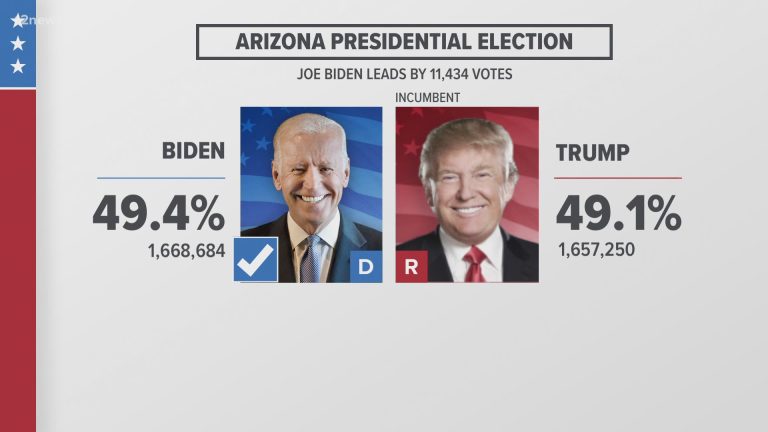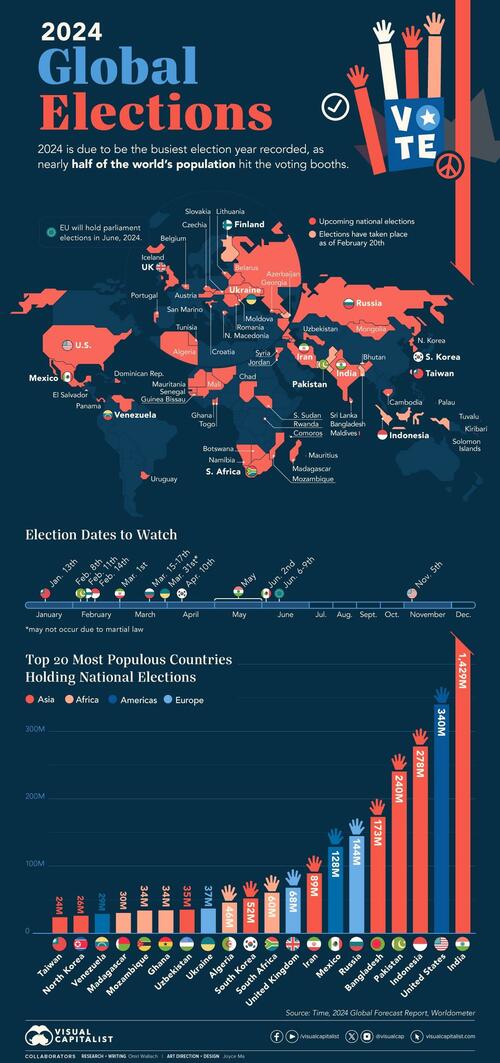
/cloudfront-ap-southeast-2.images.arcpublishing.com/nzme/7SAMC4XTD7NOGBDAPFV4YW7PSQ.jpg)
Unmasking the Radical Left: Their Plan to Rig the Next Election?
The upcoming election cycle is generating considerable anxiety, fueled by claims of potential manipulation and a perceived radical shift in political strategies. While accusations of election rigging are commonplace in heated political climates, the specifics of these claims require careful scrutiny. This article delves into the allegations surrounding the “radical left” and their purported strategies to influence the outcome of the next election, examining both the evidence and the counterarguments.
The Allegations: A Multi-Pronged Approach?
Claims of election manipulation by the radical left often encompass a variety of tactics, presented as a coordinated effort to undermine democratic processes. These include:
-
Voter Registration Drives and Ballot Harvesting: Critics point to highly organized voter registration drives, particularly in minority communities, alleging an attempt to register ineligible voters or those prone to manipulation. Similarly, concerns exist regarding “ballot harvesting,” where third parties collect and submit absentee ballots, raising fears of potential fraud and coercion.
-
Manipulating Mail-In Voting: The expansion of mail-in voting, initially implemented as a pandemic response, is another focal point. Critics claim that this system is vulnerable to fraud, citing instances of lost or delayed ballots, and the difficulty in verifying voter identity.
-
Targeting Specific Voting Machines: Concerns have been raised about the security of voting machines, particularly older models, and the potential for hacking or manipulation. Claims of software vulnerabilities and backdoors used to alter vote tallies fuel anxieties regarding the integrity of electronic voting.
-
Control of the Narrative through Media and Social Media: The narrative surrounding the election is arguably just as crucial as the process itself. Allegations of bias in mainstream and social media, along with the spread of disinformation and propaganda, are central to the concerns over potential manipulation.
Examining the Evidence: A Lack of Concrete Proof?
While the allegations are widespread, concrete evidence of a widespread, coordinated plot to rig the election remains elusive. Many of the claims are based on isolated incidents, anecdotal evidence, or statistical anomalies that are open to multiple interpretations.
While isolated cases of voter fraud undeniably exist, the scale required to significantly impact the outcome of a national election is yet to be convincingly demonstrated. Furthermore, robust security measures, including audits and recounts, are in place to detect and mitigate potential irregularities.
Counterarguments and Alternative Explanations:
The narrative surrounding the radical left’s alleged plan often overshadows alternative explanations for observed trends. Increased voter registration and participation could be attributed to heightened political engagement, rather than nefarious manipulation. The expansion of mail-in voting, while presenting challenges, also offers greater accessibility for certain demographics. Statistical anomalies can be the result of numerous factors, including demographic shifts and changes in voter behavior.
| Allegation Category | Evidence Presented | Counterarguments |
|---|---|---|
| Voter Registration Drives | High numbers in specific areas | Increased political engagement, community outreach |
| Ballot Harvesting | Anecdotal evidence of fraud | Existing legal frameworks designed to prevent fraud |
| Mail-In Voting Manipulation | Lost or delayed ballots | Logistical challenges, not necessarily malicious intent |
| Voting Machine Targeting | Claims of vulnerabilities | Regular security updates, audits, and testing processes |
Conclusion: Navigating a Complex Landscape
The debate surrounding the alleged plan by the radical left to rig the next election is complex and deeply polarizing. While concerns about election integrity are valid and deserve attention, accusations should be supported by verifiable evidence. Focusing solely on accusations without thorough investigation risks undermining faith in democratic processes and exacerbating political divisions. A balanced approach that acknowledges both the potential for manipulation and the existing safeguards is crucial to ensure fair and transparent elections. Further investigation, independent audits, and transparent election processes are necessary to maintain public trust and confidence in the integrity of the electoral system.

Additional Information
The claim that the “Radical Left” is planning to “rig” the next election is a serious allegation requiring careful examination. While specific instances of election-related irregularities and efforts to influence outcomes undoubtedly exist across the political spectrum, the blanket assertion of a coordinated, widespread plan by a monolithic “Radical Left” necessitates a nuanced analysis to avoid oversimplification and misinformation.
1. Defining “Radical Left” and “Rigging the Election”:
The term “Radical Left” lacks precise definition and is often used pejoratively to encompass a broad range of progressive or leftist ideologies and movements. This ambiguity makes it difficult to assess the validity of claims regarding a coordinated plan. Similarly, “rigging the election” needs clarification. Does this refer to voter suppression, widespread fraud, manipulation of voting machines, foreign interference, or other forms of interference? Each requires distinct analysis.
2. Allegations and their Evidence-Based Assessment:
Common allegations regarding the “Radical Left” and election interference typically include:
-
Voter Registration and Turnout Drives: Progressive groups often engage in voter registration drives, particularly targeting underrepresented communities. While this is legal and a key aspect of democratic participation, critics sometimes allege it’s used to manipulate registration rolls or encourage illegal voting. To assess this, one must examine the specific methods employed, ensuring adherence to legal registration procedures and investigating any claims of fraudulent activity with verifiable evidence. A simple increase in voter registration among a specific demographic does not inherently indicate manipulation.
-
Ballot Harvesting: The practice of collecting and submitting absentee ballots on behalf of others has been a focal point of contention. While legal in some jurisdictions, concerns remain about potential coercion or fraud. Analyzing the legal frameworks governing ballot harvesting in different states, examining the rates of rejection due to irregularities, and investigating cases of alleged misconduct are crucial for a thorough assessment.
-
Changes to Election Laws: Efforts to reform or change election laws, such as expanding early voting access, automatic voter registration, or mail-in voting, are frequently framed as attempts to rig elections by opponents. Analyzing the impact of these changes requires considering factors like voter turnout rates, election integrity, and access to voting for different demographic groups. Simple correlations between changes in election laws and election outcomes are insufficient; rigorous causal analysis is necessary.
-
Foreign Interference: While both the left and right can be targets or perpetrators of foreign interference, it’s crucial to investigate any specific claims of foreign actors working with leftist groups to influence elections. This involves examining intelligence reports, tracing funding sources, and evaluating the scale and impact of any alleged interference.
3. Counterarguments and Context:
It’s vital to acknowledge counterarguments that challenge the narrative of a coordinated “Radical Left” plan. These may include:
-
Right-wing efforts to suppress the vote: Allegations of voter suppression tactics, such as restrictive voter ID laws or gerrymandering, often target minority and Democratic-leaning voters. This highlights that efforts to influence elections are not solely the domain of the “Radical Left.”
-
The role of social media and disinformation: The spread of misinformation and disinformation campaigns on social media, regardless of their origin, can significantly impact elections. Analyzing the sources, spread, and effects of such campaigns is essential to understanding election integrity.
-
Bipartisan issues: Some election-related concerns, like cybersecurity vulnerabilities in voting machines or campaign finance regulations, are not partisan issues and require bipartisan solutions.
4. Conclusion:
The claim of a coordinated “Radical Left” plan to rig the next election requires rigorous examination and avoidance of sweeping generalizations. A proper assessment necessitates a deep dive into specific allegations, evaluating them based on credible evidence, considering counterarguments, and acknowledging the multifaceted nature of efforts to influence elections. Framing the discussion in terms of specific issues and their verifiable impacts allows for more productive and less polarized discourse. Ultimately, fostering transparency and improving election security through bipartisan efforts is paramount for maintaining democratic integrity.




